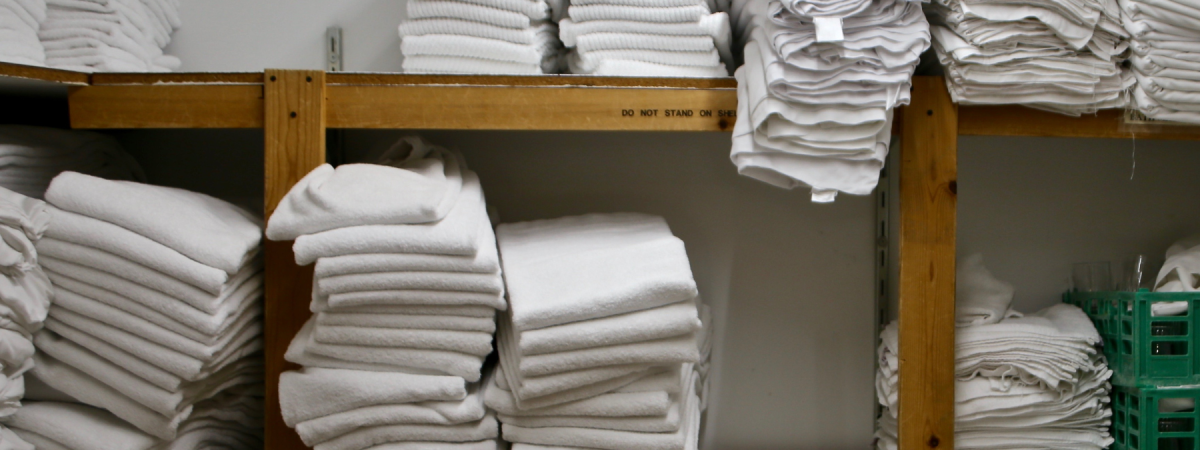
The Value of Social Media Presence for Businesses
Social Media has earned its title as one of the most valuable assets in a technology focused society. Although many entrepreneurs struggle to adapt to the overwhelming growth of various platforms, it’s a necessity to understand how social media has changed the business world. Why is it crucial to augment your business through online networks?
In this issue of The Pulse, we evaluate the significance of social media for small businesses.
Businesses have had to adapt in recent years
It’s no surprise the economy has been erratic since the COVID-19 pandemic breakout. It is believed that between 2019 and 2020, the global gross domestic product had it’s worst economic decline since the Great Depression. With the rise of technology, business owners have adapted new methods to stay afloat. One such method is making use of the inexpensive or free opportunities presented by social media.
Benefits of social media
Consumers indisputably have less pocket money to splurge on goods and services, so how are small businesses expanding their networks? Social media has aided business owners in influencing how customers perceive them and their products.
Creating personalized content can pinpoint the target audience and deliver soft-sell advertising directly to their newsfeed. Having your business active on various platforms can also generate communication pathways and build connections.
Limitless information
Entrepreneurs, managers, and dedicated marketing staff have access to analytics such as:
- Post viewers
- Profile visits
- Profile shares
- Follower engagement
- Follower location and other demographic information
Traffic-monitoring tools inform the business/brand of engagement and whether they’re utilizing the platform effectively.
Chances are that your competitors are using social media platforms to expand their business. Having access to other businesses’ marketing tools and strategies ensures you remain one step ahead.
Likewise, awareness of your business’ competitors can further develop an understanding of customer needs.
Marketing is visual
Whoever your target audience may be, all businesses want to leave a lasting impression on their customers. Approximately 50% of new information is forgotten within an hour, so how can content be successfully marketed?
Infographics use minimal words to tell a story though an inviting design. Studies show that information is processed and retained at a quicker rate through visuals.
Businesses can effectively communicate to their customers with infographics through effective use of:
- Colour theory
- Engaging designs
- Minimal clutter
- Visual organization
- Sharable & usable content
Nowadays, there are so many free or inexpensive design platforms to help your creative visually appealing, effective content that will remain in your audience’s mind. Failing to take advantage of these tools is just poor business strategy.
Search engine optimization
Search Engine Optimization (SEO) is the act of boosting a site’s visibility to increase its traffic. Creating consistent content for your business’s social media can be taxing, but posting regularly is the recipe for site engagement.
Approximately 55% of consumers say social media is how they come to know different brands and companies. This means more than half of potential consumers are gained through digital marketing.
In conclusion…
If you haven’t already, jumping on the social media train is crucial. Technology is continuously advancing, and consumers will be relying on businesses to digitalize their platform.
To conclude, it is proven through various statistics that social media presence only enhances your business. Why wouldn’t you make use of this tool?










